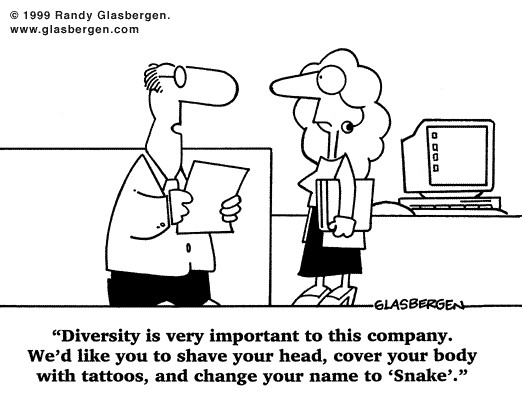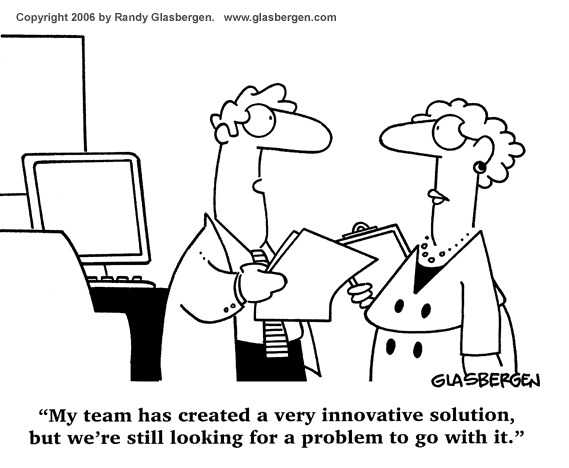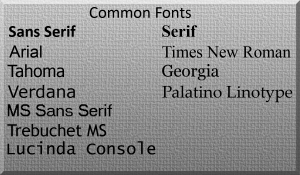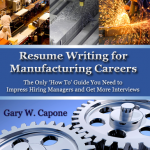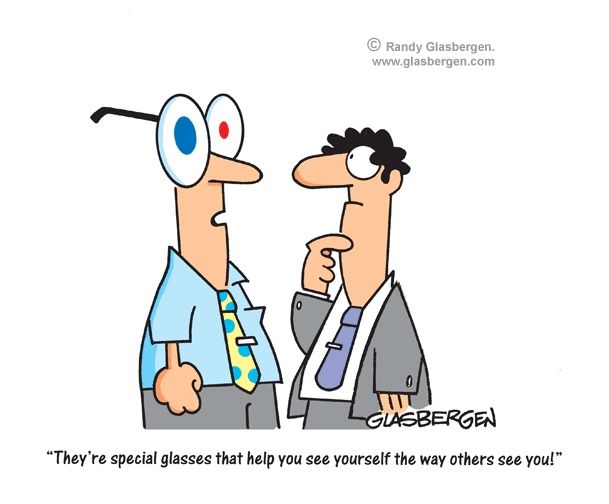Rick Wagoner resigned on Monday after being asked by the President Obama to step down as CEO of GM. Wagoner joins millions of unemployed that lost their jobs. One trend I see with people that have been fired is they do a poor job of presenting their strengths and accomplishments. They allow the reason they were fired to define them. How Wagoner might present his resume demonstrates how to approach you resume if you were fired.
It's easy to demonize the CEO of a company on the verge of bankruptcy. It is much more difficult to fix problems that have been building for fifty years at a company as large and complex as GM. Is Rick Wagoner a good CEO? Did he do a good job or a bad one? I don't have these answers. What I do know is Wagoner has excellent experience and numerous accomplishments in his career.
The accomplishments should be the focus of the resume. They demonstrate the value that Wagoner has achieved in his career and show the potential value he would provide an employer. With a little research, I uncovered enough information to get his resume started and to give an idea of how to market someone being fired in a very public way.
Professional Summary
Senior executive with 32 years of progressively increasing responsibilities, leading to Chairman and CEO of the fourth largest company in the United States. Extensive international experience, including leadership roles in Brazil, Canada and Europe.
Successfully led union contract changes that shifted $50 billion of health care costs from GM to the UAW.
Shut down the Oldsmobile division, resulting in substantial cost savings.
Purchased Daewoo, gaining substantial inroads into compact and sub-compact car markets.
Turned around GM's North American Operations. Losses in the three years prior to becoming President of NAO totaled $11 billion. Each of the four years managing NAO were profitable with total profits of $6.6 billion.
Work Experience
General Motors 1977 to 2009
Chairman and CEO, GM 2003-2009
President and CEO, GM 2000-2003
President and COO, GM 1998-2000
President NAO, GM 1994-1998
Executive VP and CFO, GM 1992-1994
President, GM Brazil 1991-1992
VP of Finance, GM Europe 1989-1990
Various Positions in GM Brazil and GM Canada, 1981-1989
Analyst, Treasury Department, GM 1977-1981
Education
Master's degree in Business Administration, Harvard University
Bachelor's degree in Economics, Duke University
This is just an outline of what a resume of Rich Wagoner might look like. At every step in his career, he has had significant accomplishments. The changes he made at GM are substantial. Shutting down Oldsmobile and shifting health care costs of retirees to the UAW are major improvements. Reducing labor and retiree costs are key priorities for turning around GM. Wagoner has shown an ability to work with the union and achieve substantial modifications to the contract structure. All of this points to a track record of success.
The problem with Wagoner's situation is the successes haven't added up to deliver overall corporate success. Does he just need more time? Did he start making these changes too late to save the company? Is there more he could have done? I can't answer these questions. I do know that the track record of Wagoner indicates he could add significant value to other companies. His very public profile poses a marketing challenge. Without this, he could be a very marketable candidate despite being fired. Being fired did not change the experience, knowledge, skills and potential of Wagoner.
If you were fired, your potential remains, also. Do not focus on the reasons you were fired. You can't ignore them, but you shouldn't let them define you.
In your job search, you need to present the value you delivered. This requires listing accomplishments. In my resume for Wagoner, I led off with a professional summary section and four accomplishments. They could be a lot stronger (I had to piece together the info from news articles), but they show significant contributions. The accomplishments also focus on the key challenges that GM faces: labor costs, unprofitable businesses, expanding into more fuel efficient vehicles and turning around divisions losing money. If no one knew Rick Wagoner, his resume would be a very close match to the ideal candidate for the GM CEO job.
If you lost your job, either through a layoff or being fired, don't discount the value you have provided. It is very easy to dwell on the negatives. Instead, focus on the positives – the accomplishments, successes and contributions in your career.

